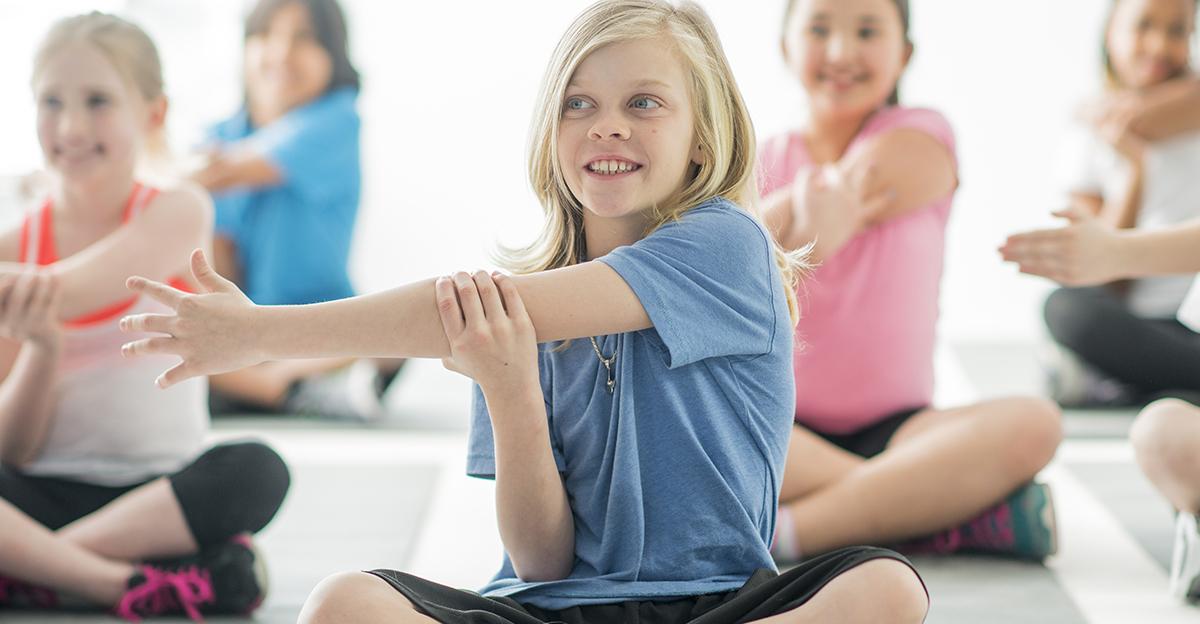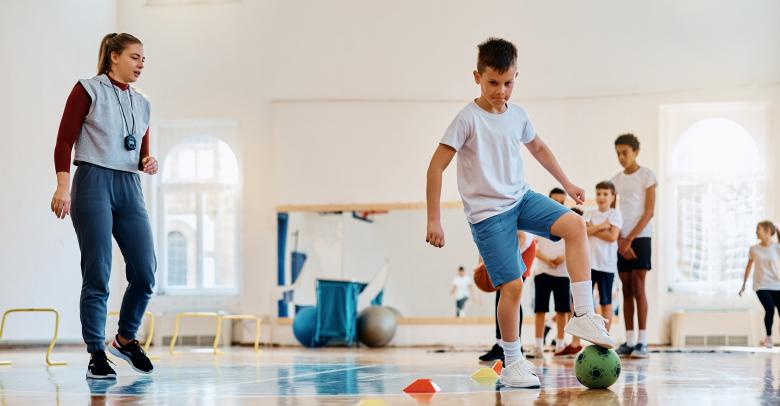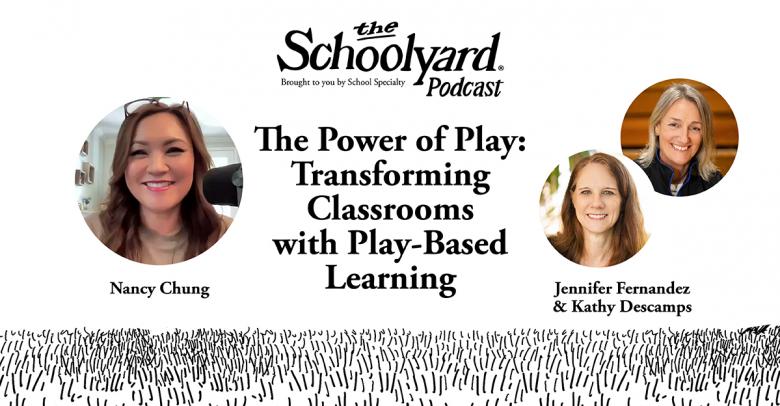In recent years, physical education has been falling out of its position as a staple of the traditional school day. Research not only connects regular PE classes with improved academic performance but also suggests that lack of activity could damage the cardiovascular health of young students. Despite the scientific evidence, the modern curriculum continues to impede physical education in favor of more time spent in the classroom, placing additional pressure on physical educators and school departments to optimize the time allotted towards achieving crucial fitness goals.
Three Goals of Teaching Physical Education
In schools for all ages, the physical education program is responsible for helping students learn the value of activity for health, recreation, social interaction, and more. Here’s what you should aim for when outlining goals as a physical educator or organizing a school PE department.
1. Teaching Essential Body Management Skills
The most well-known goal of any physical education class is to promote movement, but there’s more needed to help students break out of a sedentary lifestyle. PE classes teach children skills that they will use throughout their entire lives.
For many younger children, physical education classes offer their first chance to learn about the relationships between nutrition, exercise, and health while acquiring basic body management skills such as:
- The ability to stop and start on signal
- Spatial awareness
- Body part identification
- Balance and control
Though these skills may not seem as crucial as literacy and numeracy, their absence can result in sedentary children who feel too “clumsy” to engage in any regular activity. After time, the inability to develop mature motor skills can cultivate sedentary adults who struggle to achieve career goals or lack self-confidence.
2. Promoting Physical Fitness as Fun
Quality instruction from dedicated educators helps children develop fundamental motor patterns. But its also important for teaching students that being active can be a fun, natural habit.
The more young students consider physical fitness a natural part of their daily schedule, the more likely they are to be engaged in fitness as they age, leading to a healthier lifestyle. Sedentary childhoods and overuse of screen time have led to an increase in overweight and obese children in America, and youngsters who enjoy physical activity are the ones most likely to be active in the future.
While physical education isn’t the only factor helping children get active, it can be a useful way to help them uncover new skills and discover activities they enjoy. By exploring a range of sports and fitness solutions, from gymnastics to running and climbing, physical educators give students a chance to find the activity that appeals most to them, giving children their own personal tool in the fight against obesity.
3. Developing Teamwork, Sportsmanship, and Cooperation
Physical education allows children to experience healthy social interactions, as it teaches cooperation through group activities and encourages teamwork through identification as one part of a team. These social skills stay with children throughout their lives, increasing the chance they’ll become involved in their communities, take leadership roles, and build lasting relationships. Social skills develop confidence while contributing to academic performance and mental health.
When stressed, students struggle to focus and manage their emotions properly. Physical activity relieves stress by promoting positive mental health and enhanced learning aptitude. Although reduced time for physical education is often justified as a way to help students spend more time in the classroom, studies have shown that regular activity during the school day links to higher concentration levels, more composed behavior, and happier students.
Setting Goals is Crucial
In a physical education setting, the right goals will:
- Engage students in PE class.
- Attract the attention of distracted learners.
- Create an environment that cultivates movement.
- Teach the values of health and exercise.
Establishing goals within physical education can also help students learn the value of setting personal and achievable goals in relation to their favorite activities. Teach kids about goal-setting by recording each child’s best sprint time and showing them how they improve through the year, or encouraging students with a particular interest to take their skills to the next level.
From developing motor skills for younger children to creating an environment where students can cultivate a positive attitude towards physical fitness, well-designed physical education goals will not only boost kids education, but prepare them for an active, healthy, and productive lifestyle.






[…] Physical Education? [online] Schoolyard Blog | Teacher Resources | School Specialty. Available at: https://blog.schoolspecialty.com/what-are-the-goals-of-physical-education/ [Accessed 13 Feb. […]